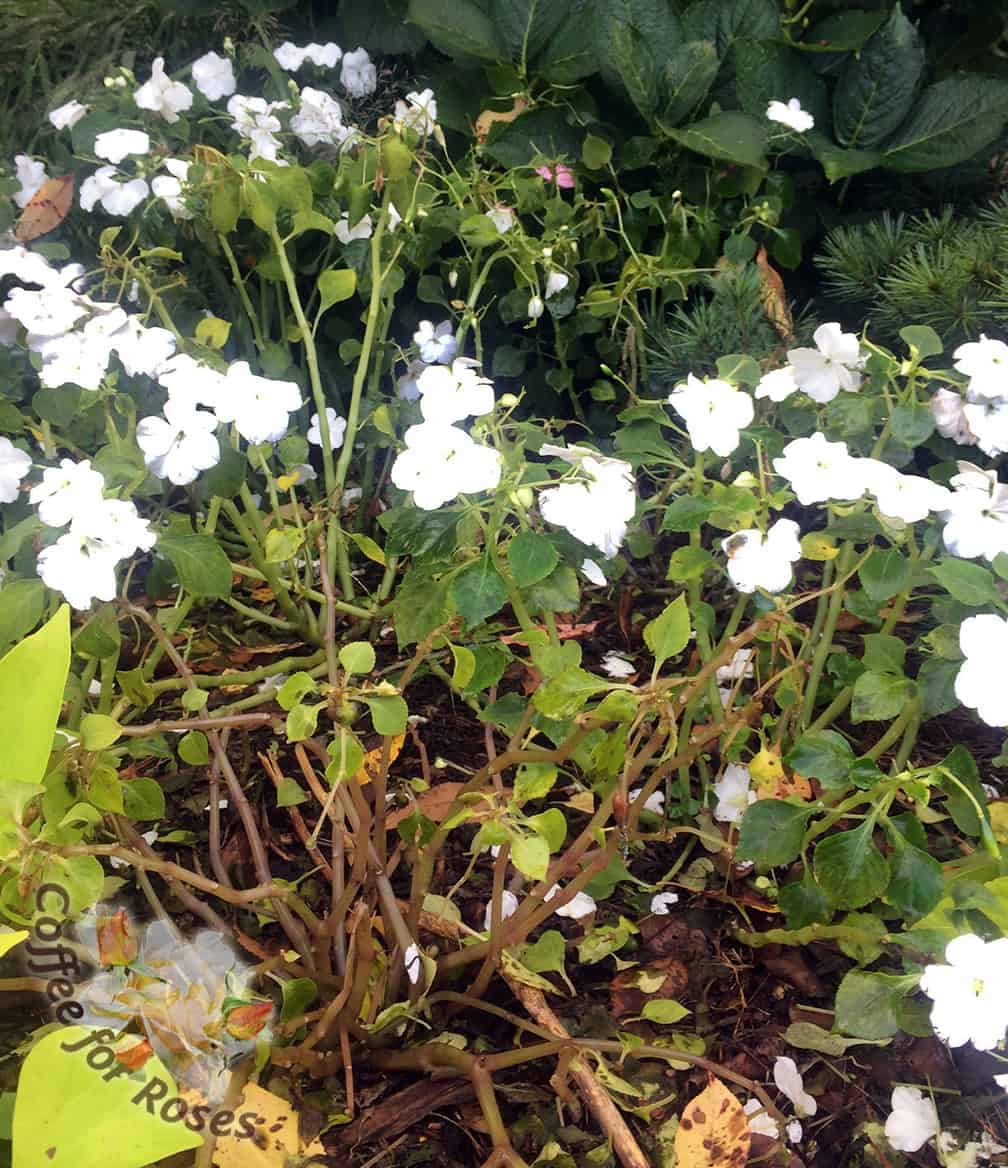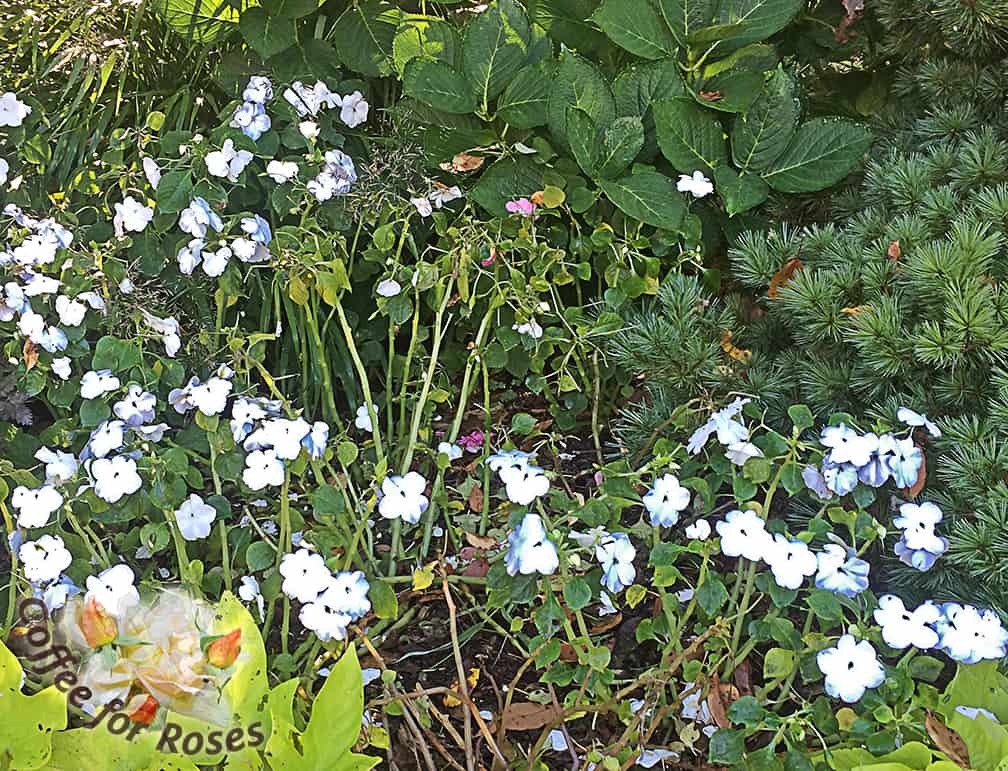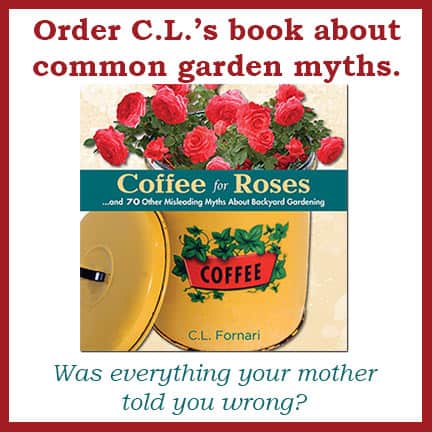“Is it OK to plant Impatiens again?” and “I saw a bed of Impatiens recently that looked just fine, how can this be?” These are some of the comments that I’ve heard this past season as we all continue to deal with, and learn about, Impatiens downy mildew. This water mold first showed up in my region four years ago. Many people thought their Impatiens plants had been eaten by slugs or rabbits as the stems quickly became bare and the plants seemingly just melted away.
We learned more about this problem the second year and gardeners all over the country found out that Impatiens downy mildew thrives in cool, damp conditions. We discovered that although it could be slowed by fungicides labeled for downy mildews, it wasn’t ever completely “cured.” And we also found out that no one could predict how long the problem would be with us. Could a really cold winter kill the spores? Might this go away over time? No one could say for sure.
Last spring I urged people to plant a couple of six packs of Impatiens plants as a test. “Don’t spend a lot of money,” I urged on GardenLine, “but give it a try so we can see what happens.” I’ve heard from some that their plants have been fine all summer and into the fall, and from others who had plants defoliate and die right away. One gardener told me that the Impatiens in her front yard succumbed right away but the ones in the backyard looked good through the summer. My own plants looked great until early September when they too began to drop leaves. Notice in my photos that the peach colors died more quickly than the ones with white blossoms. This echos what we saw when the problem first hit: some colors/plants seemed more vulnerable than others.
The bottom line is that downy mildew of Impatiens is still with us. If you plant later in the summer (wait until the weather is warmer) and avoid frequent watering, you might get away with flowers for most of the summer months. But you might not. No guarantees…sigh.
The good news? There are some really great begonias available…

In early September I noticed that my peach-colored impatiens had stopped flowering and had begun losing all their foliage and melting away.

When I looked under the leaves I saw the telltale signs of Impatiens downy mildew. A white coating under most leaves and dark, water soaked spots before the foliage falls away.

It was interesting to see, once again, that some colors are more vulnerable than others. White flowering impatiens seem to be the most impervious! This area was planted with both white and peach and the peach went much more quickly.



